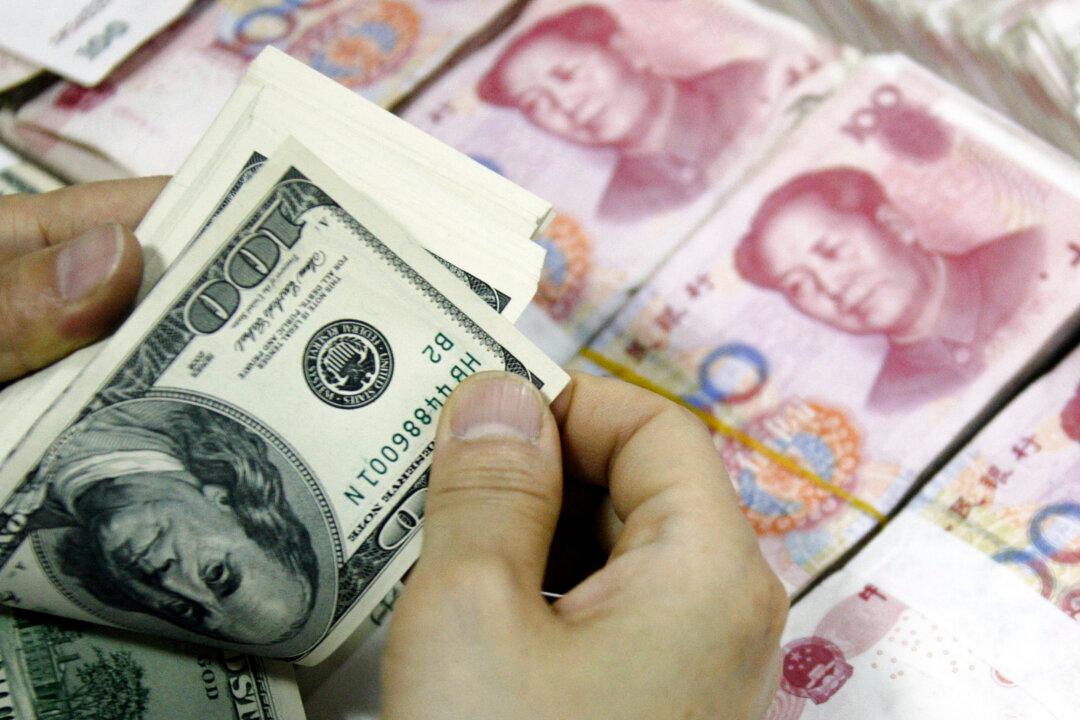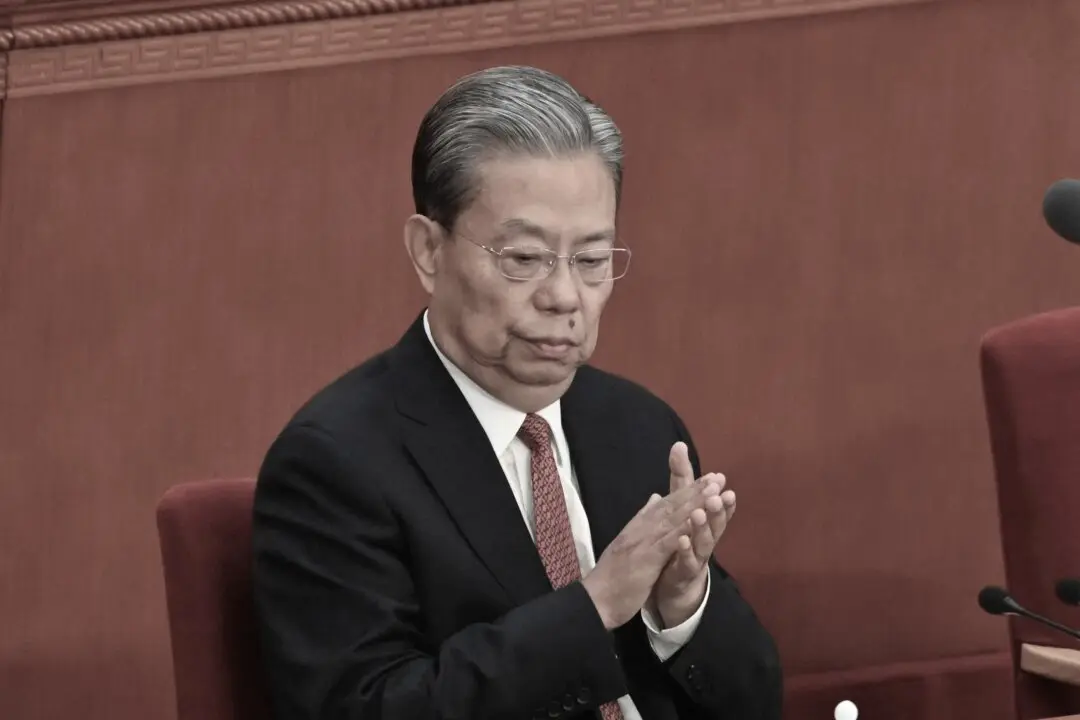Beijing has allowed the Chinese yuan, or renminbi (RMB), exchange rate to weaken, with the offshore yuan falling to 7.4290 per U.S. dollar amid escalating U.S.–China trade tensions.
On April 8, the People’s Bank of China (PBOC) set the yuan’s central parity rate at 7.2038, marking the first time since September 2023 that the rate has surpassed the 7.20 threshold.
The depreciation of the yuan is widely seen as a countermeasure by Beijing to offset the impact of the new U.S. tariff hikes. During U.S. President Donald Trump’s first term, Beijing allowed the yuan to depreciate by more than 10 percent against the dollar in response to tariffs.
On April 4, the Chinese communist regime announced that starting from April 10, it would impose a 34 percent tariff on all imports from the United States, and 16 U.S. entities would be placed on an export control list. This would prevent six U.S. companies from engaging in import and export activities related to China, and export controls would also be imposed on seven types of rare earth-related products.
White House Press Secretary Karoline Leavitt said on April 8 that nearly 70 countries had reached out to Trump to initiate trade negotiations.
Southeast Asian countries like Indonesia, Cambodia, and Vietnam—one of the main regions from where made-in-China products are rerouted to the United States—have all expressed their desire to find a solution with Washington to restructure their trade in a way that doesn’t favor communist China.
Beijing is the only one in the region resorting to retaliation.
On April 7, the three major A-share indexes in China experienced significant declines. The Hong Kong stock market saw a significant decline, with the Hang Seng Index plunging by 3,021 points, or 13.22 percent, closing at 19,828 points, marking its largest single-day points loss since 1997.
The sharp falls in the Chinese and Hong Kong stock markets at the opening were seen as a direct reaction to the escalation of the U.S.-China trade conflict.
Experts on Chinese Yuan Depreciation
Some analysts and economists stated that while a weaker yuan could make the tariffs on exports more affordable and help ease pressure on China’s export-reliant economy, a sharp decline might trigger undesirable capital outflows and pose a risk to the nation’s financial stability.
“Beijing’s more strident stance on U.S. tariffs could align with some softening in the yuan to better absorb incoming shocks,” said Vishnu Varathan, head of macro research for Asia excluding Japan at Mizuho Bank. “But the People’s Bank of China will not desire or pursue sharp depreciation as financial stability features.”
According to a recent analysis by Barclays strategists Sheryl Dong and Themistoklis Fiotakis, the yuan could depreciate by as much as 21 percent in the most extreme scenario, which means that the USD-yuan exchange rate would continue to increase to 9.8 or even reach close to 10.
David Huang, a U.S.-based economist, said that a 21 percent depreciation of the yuan is unlikely to occur, as unless a war breaks out in the Taiwan Strait, the possibility of such extreme depreciation is very low. Barclays may be attempting through its reports to guide its clients to divest from yuan assets and positions.
The pricing of the yuan exchange rate is subject to significant administrative intervention, making it difficult to accurately forecast through market-driven mechanisms, Huang previously told The Epoch Times.




